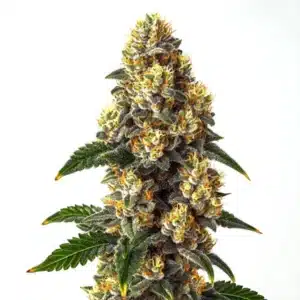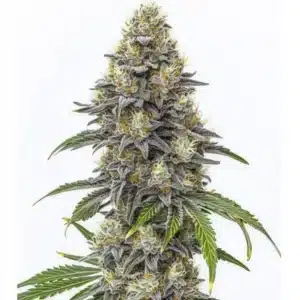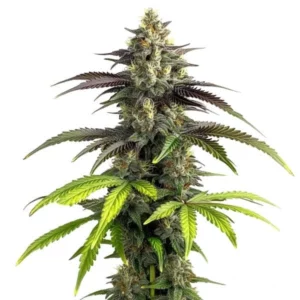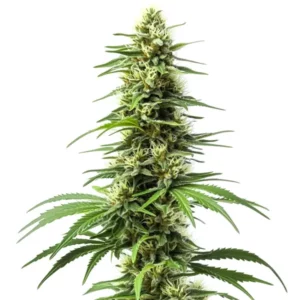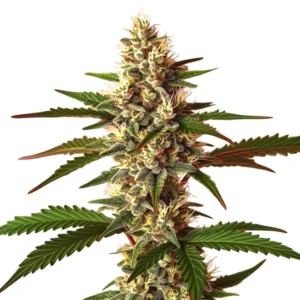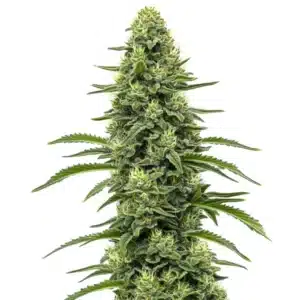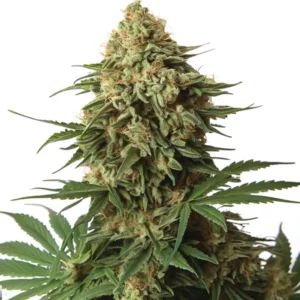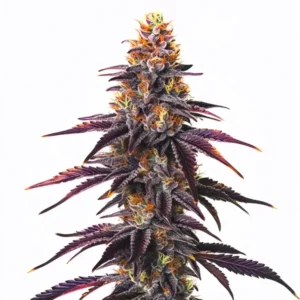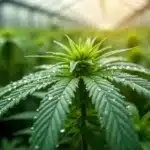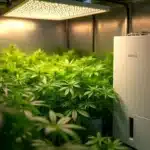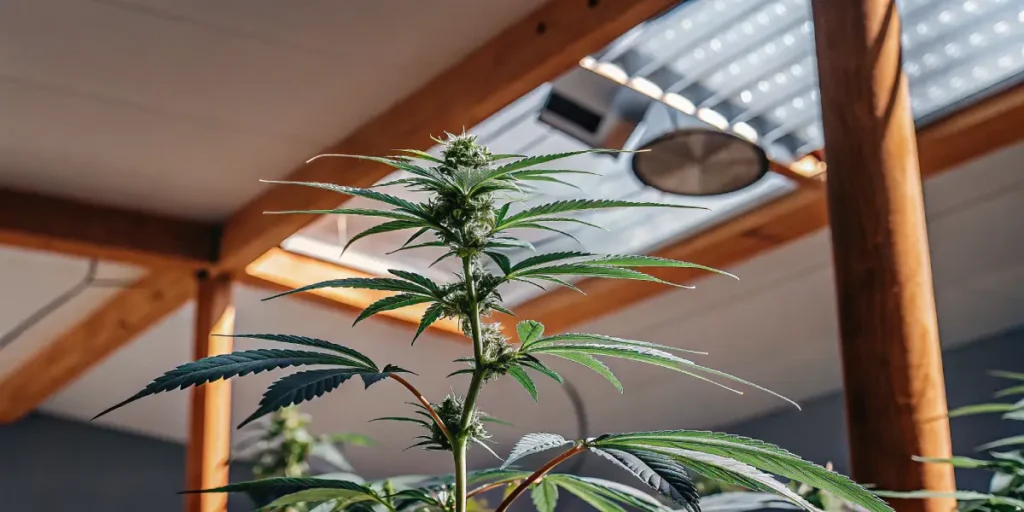
How to Control Humidity and Transpiration in Indoor Cannabis
Growing cannabis indoors offers you the chance to create the perfect environment for your plants. However, managing humidity and transpiration can be a bit tricky. These factors play a crucial role in ensuring your cannabis plants grow healthy and produce high yields. If you’re wondering how to control humidity and transpiration in indoor cannabis, the answer lies in monitoring temperature, airflow, and watering practices. Let’s dive into some practical ways to tackle these challenges.
Humidity is the amount of moisture in the air. For indoor cannabis cultivation, keeping humidity levels in check is essential. Too much moisture can lead to mold and mildew, while too little can stunt plant growth. Transpiration, on the other hand, is the process by which plants release water vapor. Balancing these two elements is key to successful indoor cannabis growing.
Recommended Strains
Bubba Kush
|
|
THC | 14% - 19% (Medium) |
|
|
Type | Feminized |
|
|
Yield | Medium |
|
|
Phenotype | 80% Indica / 20% Sativa |
Purple Kush
|
|
THC | 17% - 27% (Medium) |
|
|
Type | Feminized |
|
|
Yield | Medium |
|
|
Phenotype | 30% Indica / 70% Sativa |
To start, it’s important to know the ideal humidity levels for each growth stage. During the seedling phase, aim for 65-70% humidity. As the plants mature into the vegetative stage, reduce it to 40-60%. Finally, in the flowering stage, aim for 40-50%. This gradual reduction helps prevent mold and encourages robust growth.
Best Methods to Control Humidity in Indoor Cannabis Grow
Using a hygrometer is one of the most effective ways to monitor humidity levels. This device gives you real-time feedback on the moisture in the air. Place it at canopy level for the most accurate readings. Adjustments can then be made based on the data, which is essential when learning how to control humidity and transpiration in indoor cannabis to avoid stress, mold, or reduced yields.
Dehumidifiers are another excellent tool. They help remove excess moisture, keeping your grow space in the optimal range. Choose a model with a built-in hygrometer for added convenience. This way, you can automate the process and focus more on other aspects of cannabis cultivation.
Another effective method involves using air conditioners to regulate temperature and humidity simultaneously. Air conditioners can cool the air, reducing its ability to hold moisture, thereby lowering humidity levels. This dual approach is especially beneficial during the hotter months when both temperature and humidity can rise dramatically.
Humidity controllers are also valuable for managing the environment. These devices can be programmed to activate dehumidifiers or humidifiers as needed, maintaining stable conditions. By integrating these tools, you ensure that your cannabis plants experience minimal stress from fluctuating humidity levels.
Ventilation and Air Circulation
Proper ventilation is vital for controlling humidity. Install exhaust fans to remove stale air and bring in fresh air. This exchange helps lower humidity levels and provides the necessary CO2 for plant photosynthesis.
Oscillating fans are also beneficial. They circulate air around the grow room, reducing hotspots and ensuring uniform humidity levels. Keep the fans running at a gentle pace to avoid windburn on leaves.
Additionally, using a combination of intake and exhaust fans can create a negative pressure environment. This setup draws fresh air in while expelling old air, optimizing air circulation. It’s a simple yet effective way to maintain consistent humidity and temperature levels. Knowing how to control humidity and transpiration in indoor cannabis is key, since proper airflow directly influences plant health, nutrient uptake, and overall yield.
Regularly cleaning and maintaining your ventilation system is equally important. Dust and debris can clog fans and filters, reducing their efficiency. Ensure that all components are in good working condition to support optimal air movement within the grow room.
Promos & Deals
How to Reduce Transpiration in Indoor Cannabis Plants
Transpiration rates can be influenced by several factors, including temperature, humidity, and light intensity. To reduce excessive transpiration, focus on these areas. Start by ensuring your grow lights are not too close to the plants. Excessive light can increase temperature, leading to higher transpiration rates.
Temperature control is another critical factor. Aim for a stable environment with temperatures between 70-85°F. Higher temperatures can cause plants to transpire more, leading to water stress. Use air conditioners or heaters to maintain the ideal range.
Controlling indoor cannabis humidity and transpiration levels also involves optimizing soil and watering practices. Use well-aerated soil that allows for proper drainage and oxygen flow, preventing waterlogging and root rot.
Mulching is a practical strategy to reduce water loss through transpiration. By covering the soil with organic matter, you can maintain soil moisture and temperature, reducing the need for the plants to compensate through increased transpiration.
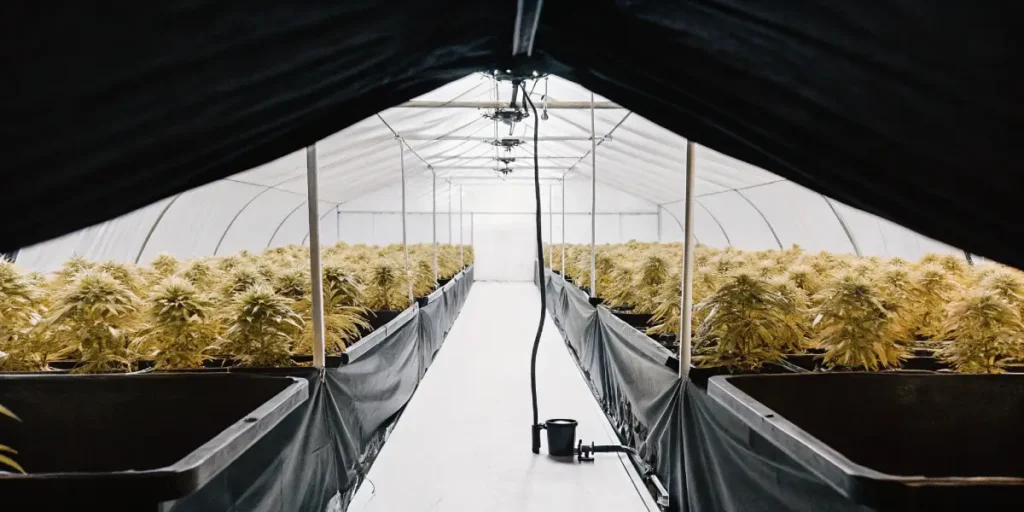
Choosing the Right Cannabis Strains
Some cannabis strains are naturally more resilient to humidity and transpiration challenges. For instance, the Bubba Kush strain from Blimburn Seeds is known for its robust nature and adaptability to various conditions.
Another great option is Purple Kush. This strain thrives in controlled environments and can tolerate slight fluctuations in humidity and temperature.
When selecting strains, consider those with thicker leaves, as they tend to lose less water through transpiration. Strains with a shorter flowering period can also be advantageous, as they reduce the time plants are exposed to potential environmental stressors.
Consult with experienced growers or seed banks to find strains specifically bred for indoor environments. These strains often come with characteristics that make them more compatible with controlled growing conditions, reducing the need for constant adjustments.
Effective Humidity Management for Indoor Cannabis Cultivation
Implementing a watering schedule can greatly impact humidity levels. Overwatering is a common mistake that can spike humidity. Water your plants when the top inch of soil feels dry to the touch. This method helps maintain balanced moisture levels in the soil and air.
Incorporating silica supplements can also aid in reducing transpiration. Silica strengthens cell walls, making plants more resilient to environmental stress. This, in turn, reduces the need for excessive water release through transpiration.
Using reflective materials can also contribute to effective humidity management for indoor cannabis cultivation. These materials can help distribute light more evenly, reducing hotspots that may increase transpiration rates.
Monitoring plant health regularly allows you to spot signs of stress early. Observing leaves and stems for signs of wilting or discoloration can provide insights into how well your humidity and transpiration controls are working, enabling timely corrective actions.
Tips to Prevent Excessive Transpiration in Indoor Cannabis
Leaf pruning is a practical approach to managing transpiration. By removing some of the larger fan leaves, you reduce the surface area for water loss. This technique also improves light penetration and airflow in the canopy.
Another technique involves shading. During peak light hours, consider using shade cloths to reduce light intensity. This can prevent rapid temperature increases that lead to excessive transpiration.
Additionally, maintaining a consistent watering routine ensures that plants do not become water-stressed, which can exacerbate transpiration. Ensuring that the root zone remains evenly moist can help in managing overall plant water use.
It’s also beneficial to consider the use of anti-transpirants. These products form a thin film on the leaves, reducing water loss without affecting the plant’s natural processes. However, they should be used sparingly and in conjunction with other best practices.
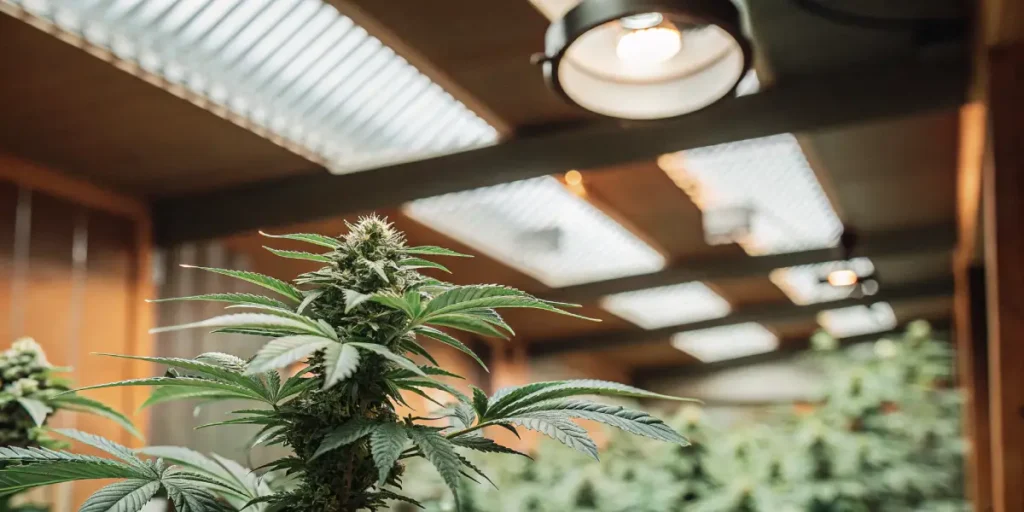
FAQs about How to control humidity and transpiration in indoor cannabis
How do I know if my cannabis plants are transpiring too much?
Signs of excessive transpiration include wilting, leaf curling, and dry leaf tips. If you notice these symptoms, check your grow room’s temperature and humidity levels. High temperatures and low humidity can cause plants to lose water rapidly.
To address this, adjust your environmental controls. Lower the temperature and increase humidity slightly. This can help balance transpiration rates and restore plant health. Regular monitoring with a hygrometer will help you keep track of changes.
Besides, using a thermal camera can help you identify hotspots in your grow room. Hotspots often indicate areas where plants are losing moisture rapidly. Addressing these areas can help in reducing excessive transpiration.
Consider calibrating your equipment regularly. Inaccurate readings can lead to improper adjustments, exacerbating issues with humidity and transpiration. Keeping your tools in top condition ensures you make informed decisions based on reliable data.
Can I use household items to control humidity in my grow room?
Yes, you can use several household items to manage humidity. Bowls of water placed around the grow room can increase humidity. For reducing humidity, use desiccants like silica gel or rice in small containers around the plants.
However, for more precise control, investing in a dehumidifier or humidifier is recommended. These devices offer more consistent results and are easier to manage in the long run.
Another simple method is to use wet towels or sponges, which can provide a quick humidity boost when placed near fans. These items can be dampened as needed to maintain desired humidity levels.
Conversely, fans can help to dry out the air when humidity is too high. Positioning fans strategically can facilitate air movement, enhancing the effectiveness of other humidity control measures already in place.
What are the consequences of not managing humidity properly?
Poor humidity management can lead to several issues, including mold, mildew, and pest infestations. High humidity creates a breeding ground for mold, while low humidity can cause nutrient uptake issues and stunted growth.
By maintaining optimal humidity, you ensure your plants grow in a healthy environment. This leads to better yields and a higher quality harvest.
Additionally, uncontrolled humidity can affect the potency and flavor of cannabis. Terpenes and cannabinoids are sensitive to environmental conditions, and improper humidity levels can lead to their degradation.
In severe cases, poor humidity control may result in total crop loss. This not only impacts current yields but can also affect future harvests if diseases or pests spread throughout the growing area.
How often should I check humidity and transpiration levels?
Regular monitoring is crucial for successful indoor cannabis cultivation. Check humidity and temperature levels at least once a day. During critical growth stages, such as flowering, consider checking multiple times daily.
By staying vigilant, you can quickly identify and address any changes that might affect plant health. Consistent monitoring helps you maintain the ideal conditions for your cannabis plants.
Incorporating automated systems can greatly assist in maintaining consistent conditions. Sensors that provide real-time data can alert you to sudden changes, allowing for rapid intervention.
Even with automation, manual checks remain important. Regular visual inspections of plants and equipment help ensure all systems function as intended, preventing issues from developing unnoticed.
Can controlling humidity and transpiration improve cannabis flavor?
Yes, managing these factors can affect the flavor profile of your cannabis. Proper humidity levels help preserve terpenes, the compounds responsible for flavor and aroma. High humidity can degrade these compounds, while balanced levels can enhance them.
By controlling transpiration, you ensure plants receive the right amount of nutrients. This balance contributes to a richer, more distinct flavor in the final product.
Maintaining a stable environment minimizes stress on the plants, allowing them to develop their natural flavors fully. Stress can cause plants to focus on survival rather than growth, impacting flavor and potency.
Furthermore, the curing process, which is heavily influenced by humidity, can also enhance flavor. Properly cured cannabis tends to have a smoother taste, with terpenes more pronounced, making humidity management essential even post-harvest.


